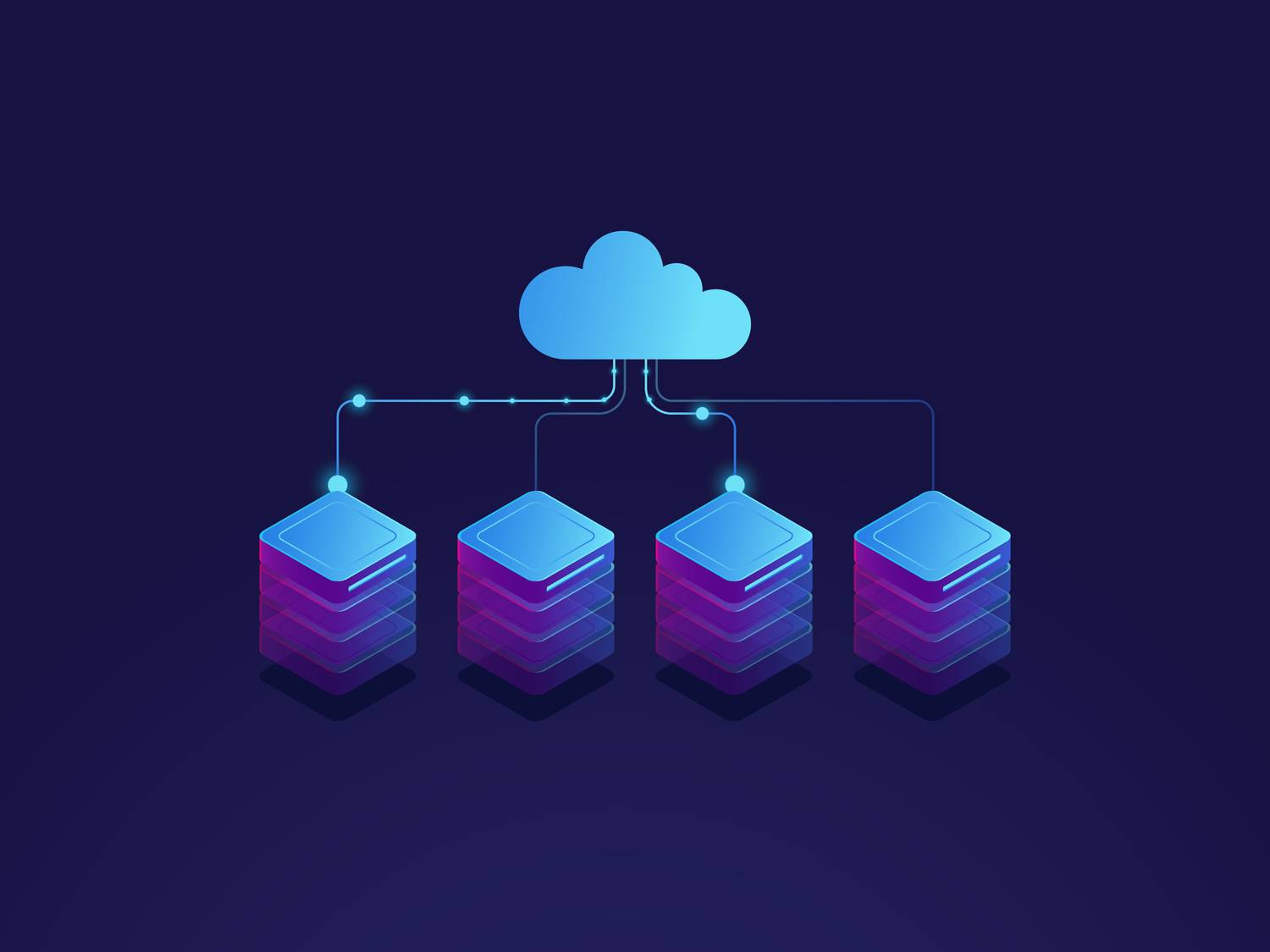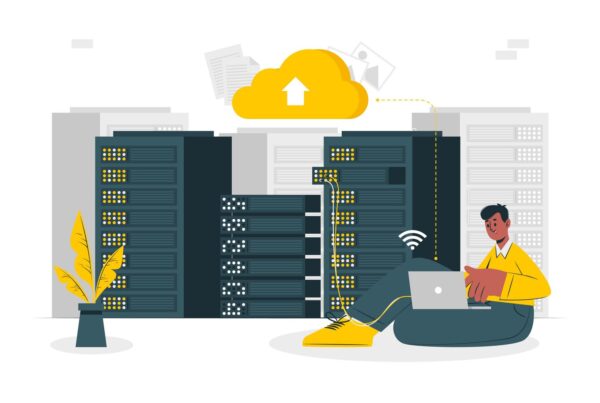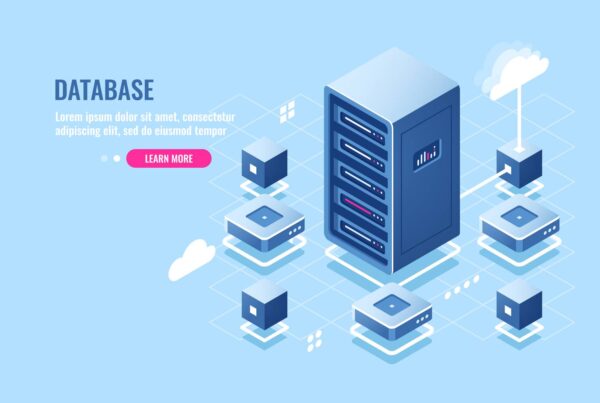Grid computing is an excellent choice for websites that are growing or have irregular traffic patterns. This type of hosting matches performance with demand. It provides users with the maximum server uptime at very low rates. Some of the key characteristics of grid hosting are increased flexibility, reliability and scalability, affordable costs, and instant access to web applications.
How Does Grid Hosting Work?
In grid hosting, the load is distributed equally among the servers in the network. This increases the memory capacity and the total processing power of the web server multifold. Servers typically belong to different clusters that may not be located in the same place. The grid represents a distributed system with non-interactive loads involving a large number of files. Grids are more heterogeneous and geographically dispersed.
Grid computing is a relatively new technology in the field of web hosting. Grid based servers allow users to increase the physical resources on demand. This service is highly scalable because the servers comprising the grid are essentially stand alone units. Grid computing is a cost effective alternative to shared hosting.
The Benefits of Grid Hosting
Compared with other types of web hosting, grid computing responds to traffic spikes by adding additional resources to your website. It also offers increased availability and scalability. In grid hosting, your site is stored on multiple servers at the same time. If any of these servers goes offline, the others are still available to run your site. This type of hosting is ideal for webmasters and bloggers who are launching new sites and are uncertain about their traffic flow.
Most companies featuring grid hosting plans provide customers with an easy-to-use control panel, one click installs, file management tools, access to database management, and DNS control. Users can host multiple sites on a grid hosting plan. Some web hosts offer up to 15GB disk space, as well as unlimited email accounts, unlimited MySQL databases, free setup, and weekly backups.
The most important benefit of grid computing is its stability. If a node is added to the grid, the server as a whole will keep running. With grid hosting, you can upgrade in minutes without the need to buy additional hardware. Server failures are handled automatically without data loss. Grid hosting is able to handle traffic increases efficiently. Increased load due to spikes in traffic are distributed to the grid members. If uptime is critical to you, then grid computing is a good option.








